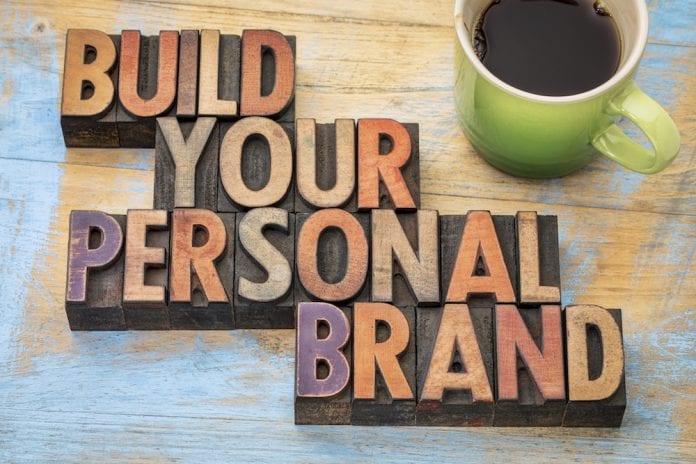Today, we live in a “brand century,” and companies persecute humanity everywhere: in offices, shops, and markets, at home, via TV, and on the Internet. But normally people do not even understand the meaning of the word. So, let us start with the definition and later move to traditional and innovative tools on how to build your personal brand.
So, what does it mean in business society? This is not a typical logo or advertisement that you see every day. The closest synonym is a reputation. Why? As either the company or person cannot control them. In other words, it is customers’ feelings about the product, service, company, or person.
Everybody knows the famous business of the 21st century as “Apple” or “Microsoft,” but personal branding in the era of internet and digitalization is an even more interesting definition. Unfortunately, people do not think a lot about having it in the early stages of their business, which leads to mistakes in building a business brand.
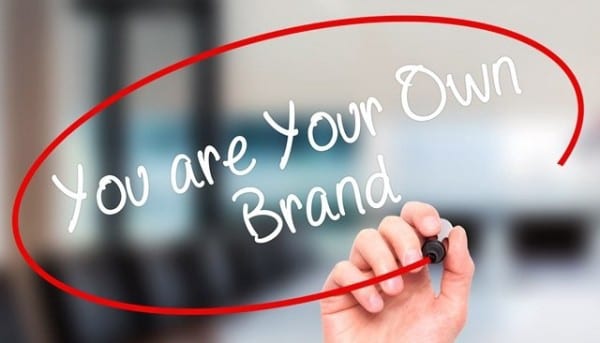
It is rather difficult to put into a few words, but in short, we can say that personal brand is how you promote yourself in modern society or what kind of story/picture other people see about you. This is how you present yourself to current and future partners or clients. It is a huge combination of your skills, pieces of knowledge and experience shown to people in the best light. Of course, it must be faithful but not always it is. Sometimes people can never meet you or communicate with you in real life, but they do have a picture of you because of your story online.
Building your personal brand is not that easy as you might think. You should know yourself very well and understand in which way you would like to move and transform. And the most important thing is that your personal brand should match your targeted clients. The biggest mistake is to transform it into selling advertisements. Even if you are a salesperson, do not transform your brand to “buy me”, but build it in the format “respect me”.
So, let’s go further into details of the best tools that can help you:
1. Google yourself
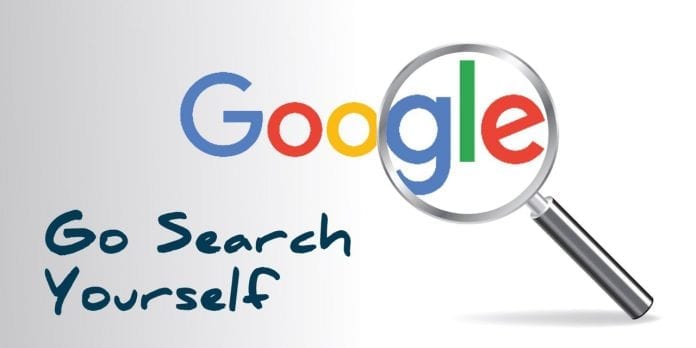
Before building your brand you need to understand what other people already know about you or can find about you over the internet. Sometimes the information they find is still relevant but too old. For example, school photos can damage your professional appearance in adulthood. You can simply clear up and delete risky results or photos. After that, you should understand in what direction you would like to move and create fresh and empty space for it.
2. Find yourself and be authentic
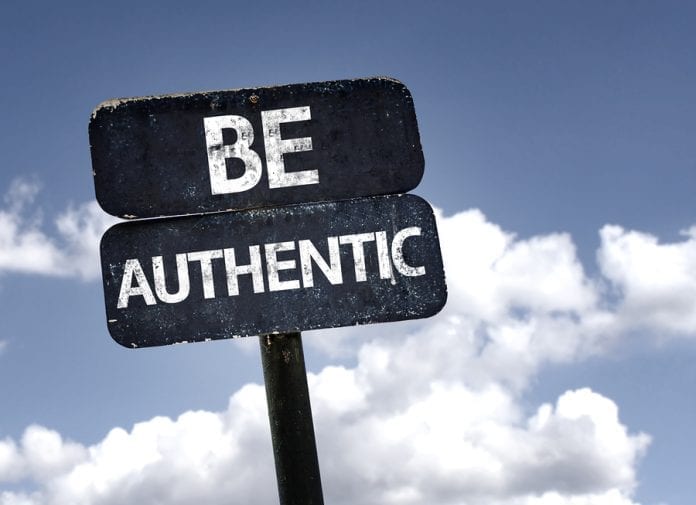
Without a clear picture in your mind, you will not be able to create your personal brand statement. Visit here to know more about finding the right option according to your taste.
Be different to become successful. Find your niche or try to understand what truly innovative ideas you have in the already existing sphere and just become the best one in it. To start working on that, you can use different kinds of psychology tools: creating lists with your passions, strengths, and ideas, analyze weaknesses. Then, you need to comprehend the purpose of building a personal brand or in other words what you would like to receive in the future by using it. Without a clear picture in your mind, you will not be able to create your personal brand statement.
3. Email signature
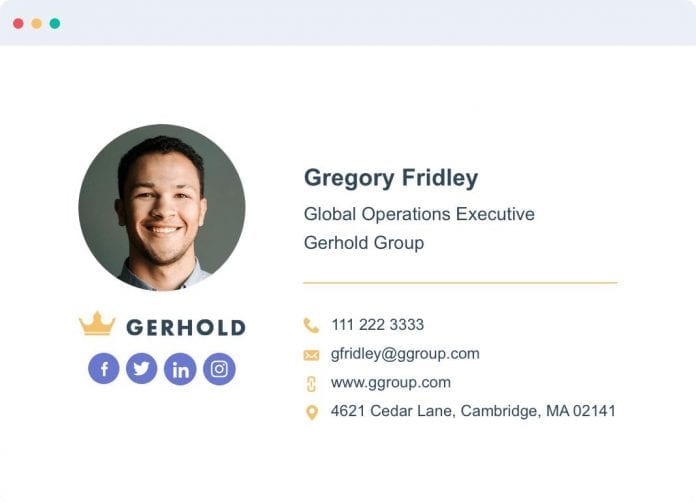
After developing clear ideas and pictures of your brand, the first and the most important tool is your email signature. Email communication is the only professional manner to deal with clients remotely. Therefore, every message you send should contain your email signatures like this one provided by NewOldStamp.com, which consists of your name and surname, job position, company name, working cell phone or office number. What is more, you can easily add their link to the company website or your social network (for example, on LinkedIn). Do not forget to use a typical font and colors to make it more attractive and professional. Nowadays, there are a lot of resources to build free email signatures online.
4. Business card

Always carry your business card with you. This is the only correct way to communicate and introduce you to the business world offline. Going to business meetings, conferences or events, the business card is your face and this the way how people will memorize you and will be able to get in touch with you after your first communication.
5. Go online! Impact of social media and influencer marketing
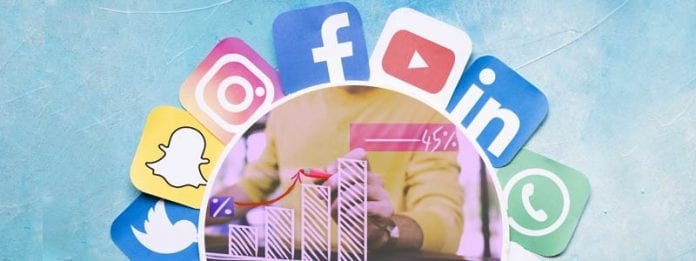
You cannot ignore the impact of the social media market even if you want to. To be well-known and successful you definitely need to have business profiles and accounts in top social networks such as Facebook, LinkedIn, Instagram, etc. Why? Just because of all the people and your potential clients waste their time and life there.
The greatest example of today’s personal branding is influencer marketing via social media (Instagram, Facebook). It shows us how a person can become successful and have millions of followers by building their online presence in a proper manner. This is unbelievable, but sometimes influencers on Instagram are not successful people in real life at all, but they managed to make people believe they are, follow them and imitate. Even top companies are using influencer’s marketing to develop their brand as influencers’ campaigns and posts can affect and manipulate their followers.
6. Unified theme and content management
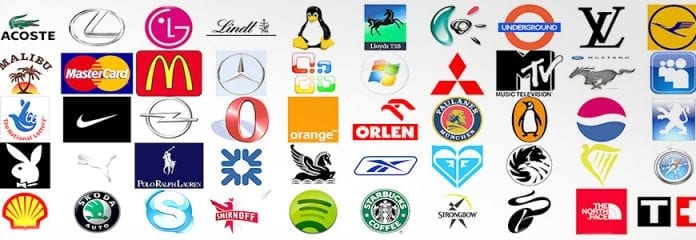
Especially if you are representing a business, you need to unify fonts, colors, logos everywhere where people can see them (on your business cards, websites, social media accounts, products). In this way, you will look very professional and the client will have a feeling that you are the one and no one knows your job better. Sometimes, you can go even deeper and use the color of your tie or hat that symbolizes your company and its theme, etc. It will transform your style into a “personal business brand”.
Creating personal profiles is also not enough if you do not know how to use them and what content to create there. The content pool of your ideas should be very focused and related. For example, if you position yourself as a traveler and have travel blogs in social media, your content pool should be full of travel images and videos from different countries, blogs, and text which will help future travelers during their next trip to this or that country. You should not post well-known info form the internet, but better to create real stories based on your own experience and be very different from the others.
7. Personal website
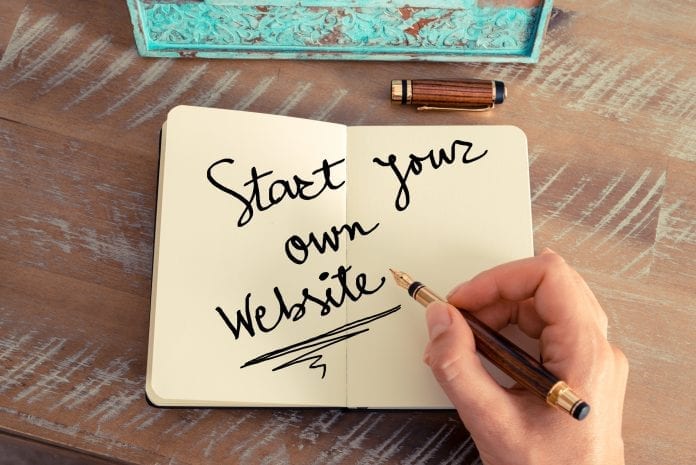
To have a strong online presence, you need to have a minimum of 1 website and approximately 10 professional profiles. Creating a website requires a lot of technical considerations like securing the domain name, contracting with a web hosting service provider and selecting the platform which you like the most. You can use website builders to help you, like Wix. There you will find a lot of templates. Use your imagination to create a unique website design and fill it with the most inspiring ideas.
8. Optimize and monitor
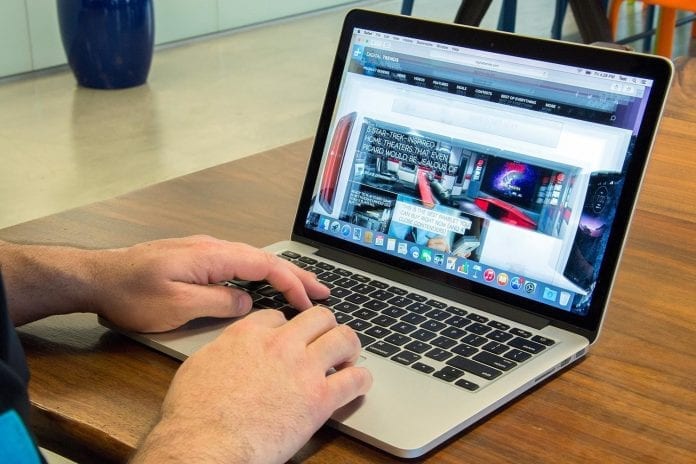
Creating a professional website and profiles is not enough. When you have an excellent personal brand built and have used all the tools mentioned before to do that, it will not work at all if people do not see it and cannot find it. It is nothing. Therefore, the most important thing is how you deal with their optimization and monitoring.
Start with networking. It can be done by sharing someone’s article or blog on your website or thanking them for their ideas. These can develop your connections on Facebook, LinkedIn, etc. There are a lot of resources that will help you with online optimization for search engines so the clients find you quickly and easily.
9. Real-life actions and future interaction with your audience

Last but not least. Nothing will help you online if your behavior in real life is not professional. Your communication skills, attitude, politeness, clothes, and manners should parallel to your personal brand. Do not forget that being successful means falling in with rules of etiquette in the business world. Everybody is watching you. And if your clients do not see the mistakes of other people, they will see yours if your actions do not consort with your brand in real-life.
When you have already become successful, you can still develop it by attending events, giving interviews and delivering speeches. This should be done only after your personal brand already exists and people want to know how you built it and you can teach them to do that, not vice Versa. It will not help at the early stages when you are “nobody” as the same speech the audience can perceive positively or negatively from different people with strong personal brand and without it.
To be successful you need to develop a full system, which consists of otherness, cooperation, innovation, approval, and growth. You need to be the first and the best to become a leader. As a result, has built a strong personal brand that leads to new opportunities, interviews, job placements, promotions, public speeches, and success. Be the one whom everybody will listen to and whom you wanted to become in the past.
